This German Rugger is part of a very limited supply of these short swords we have from artisan Ádám Bodorics of Landsknecht Emporium. These are some of his high quality project pieces he creates for exploring the tools of defense and war of the 16th century. His scholastic approach in researching woodcuts, illuminations and museum examples coupled with his skill brings historically informed pieces to life that are rarely seen as production pieces.
At first glance, this German Rugger might appear to be simply a large knife, but once gripped, it becomes immediately clear that it is no mere tool. It is a Messer with a size comparable to a short sword, purpose-built for war and self-defense. The blade is notably thick along the spine and completely rigid, making it an exceptionally fierce puncturing weapon, with solid cutting potential. One distinctive feature not commonly seen in reproduction pieces is the blade’s flared tip, which widens significantly before ending in a chisel-shaped point. This design reinforces the tip, preventing damage when thrust with force and greatly enlarging the puncture to deadly proportions.
The weapon feels authoritative in hand, yet remains agile and responsive, with an extended grip designed to provide excellent balance and maneuverability. This short sword can easily pierce thick clothing, split mail rings, and its rigid, reinforced blade can exploit weaker points in armor with devastating leverage. The nagel offers hand protection, enhancing parrying and binding capabilities, while the contoured grip provides a comfortable, secure hold.
Crafted from well-tempered 6150 high-carbon steel, the blade has a final hardness of 52-54 HRc. The grip is a durable combination of steel and brass-riveted walnut, securely fastened to a thick tang. A robust peen over the pommel ensures the hilt’s construction is rock solid. Included with the sword is a utility byknife, well-suited for small chores and general utility, feasting or a last-ditch defense tool. It has its own slot in the included scabbard and the handcrafted scabbard itself is crafted with a wood core of birch plywood which is bound in stitched leather and finished with a leather hanging cord for wear.
Here are some notes on this Rugger from the craftsman who created it – Adam Bodorics:
“Rugger” is a mostly modern term with no officially established definition. A few makers, including me, use the term to denote “a generally but not exclusively dagger-sized sidearm with a hilt construction emulating that of table cutlery from the same period, without a crossguard, with a strong emphasis on the thrust”. While the majority of originals are indeed dagger-sized, the largest surviving specimens can reach around 900mm overall length. At least in the Carpathian Basin, they are one of the most common sidearms in 15th-16th century archaeological finds, and I know of several more both to the west and east from here.
As they are underrepresented and often misunderstood on the modern market, I was drawn to them for years now. I handled several and documented a few originals, which further reinforced my love for the type. The blades are always extremely stiff, often with thick spines and minimal distal taper. Cross-sections vary a lot from asymmetric chisel edges through flat, beefy triangles to straight-razor-like hollow grinds. Ruggers with longer grips are less common in the extant illustrations, but they do exist. It has a stout and actively reinforced tip, meaning that the spine thickness increases several millimeters in the last section. The grip cross-section is trapezoidal, based on a few original Ruggers and a lot of original Messers. The tang under the grip panels tapers in two directions, toward the pommel plate and towards the edge, plus it’s fullered on one side to further decrease weight. While it’s a lot of work, almost all originals exhibit this feature.
- Byknife Measurements:
- Overall Length: 9 5/8″
- Blade Length: 6″
- Blade Width: 16.2 mm
- Blade Thickness: 2.8 mm – 1.9 mm
- Grip Length: 3″



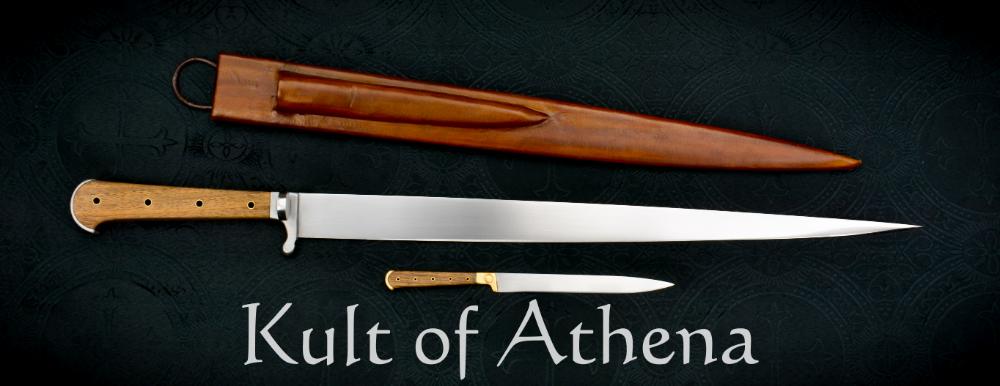
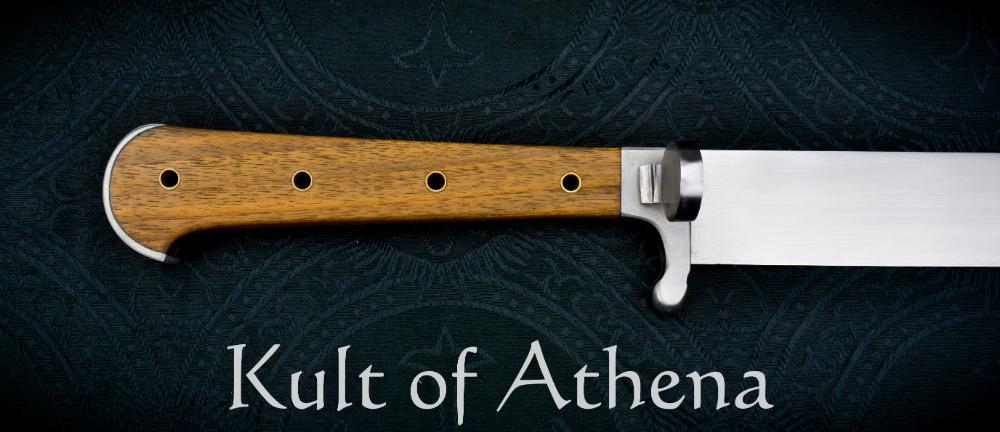


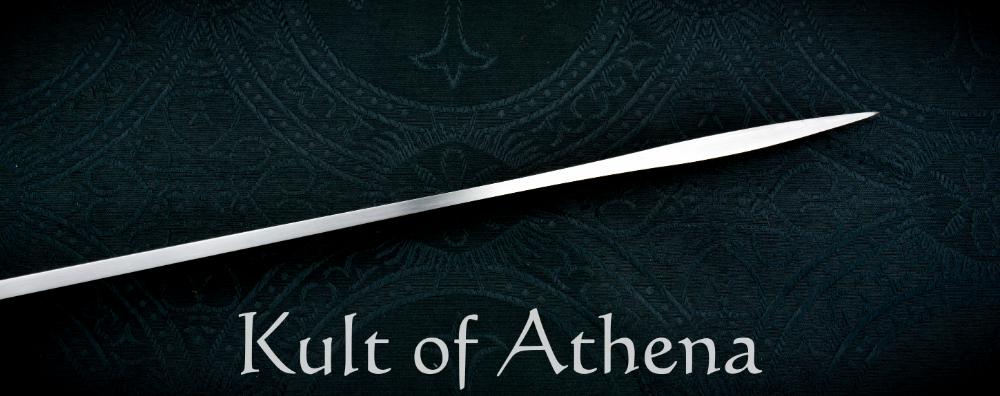
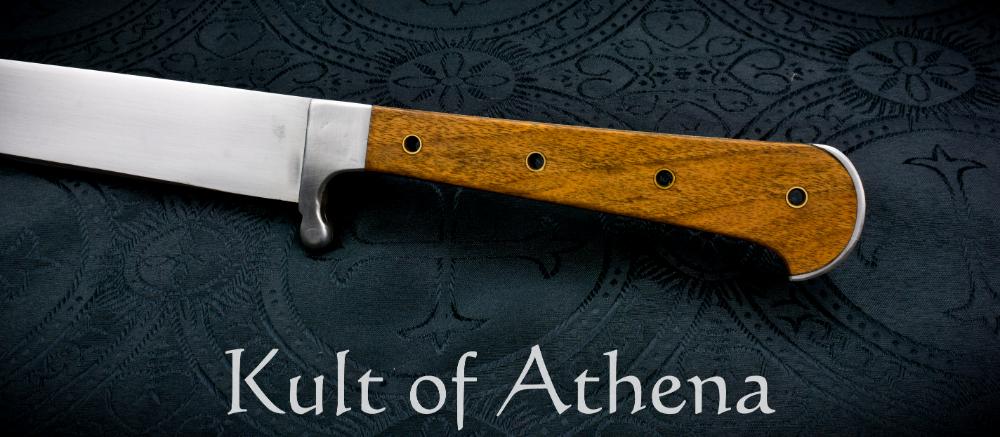
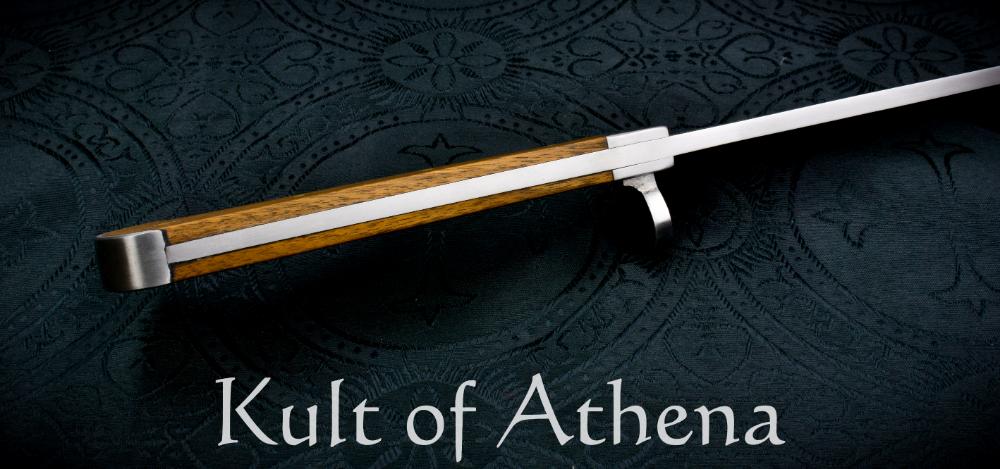
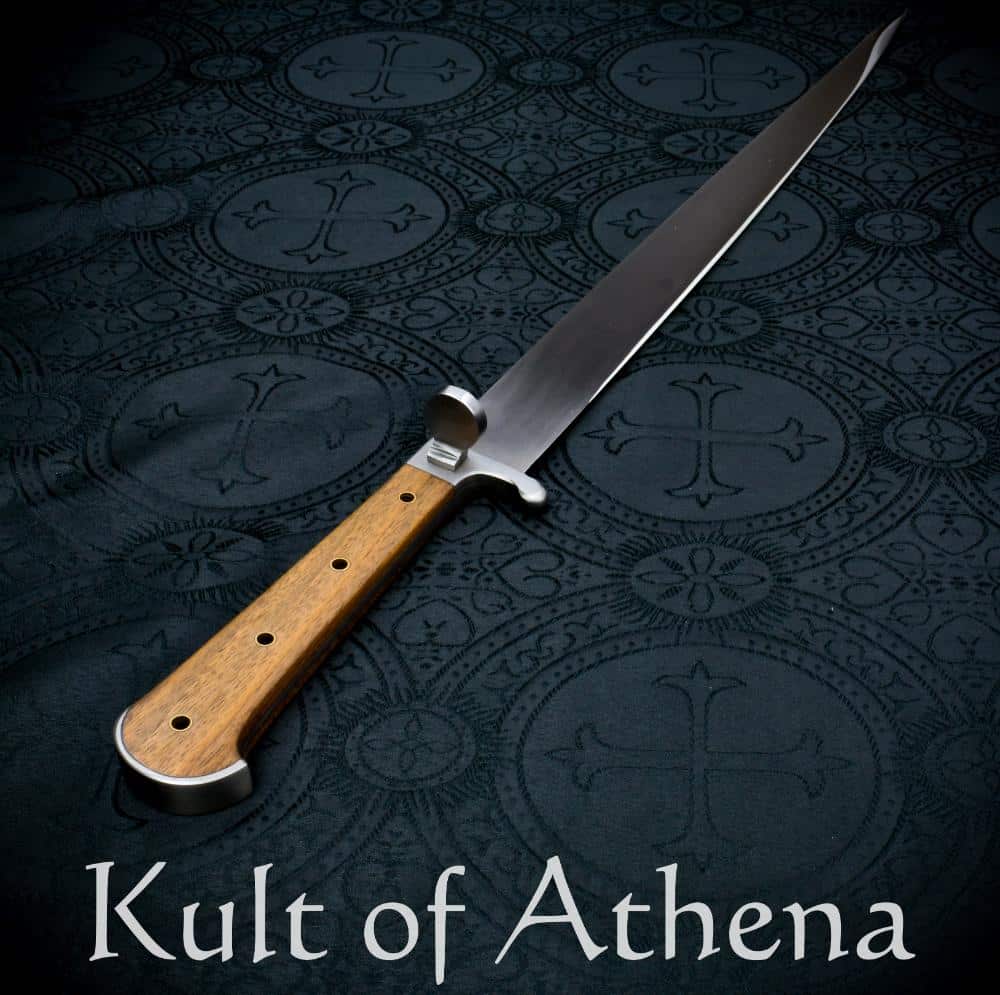
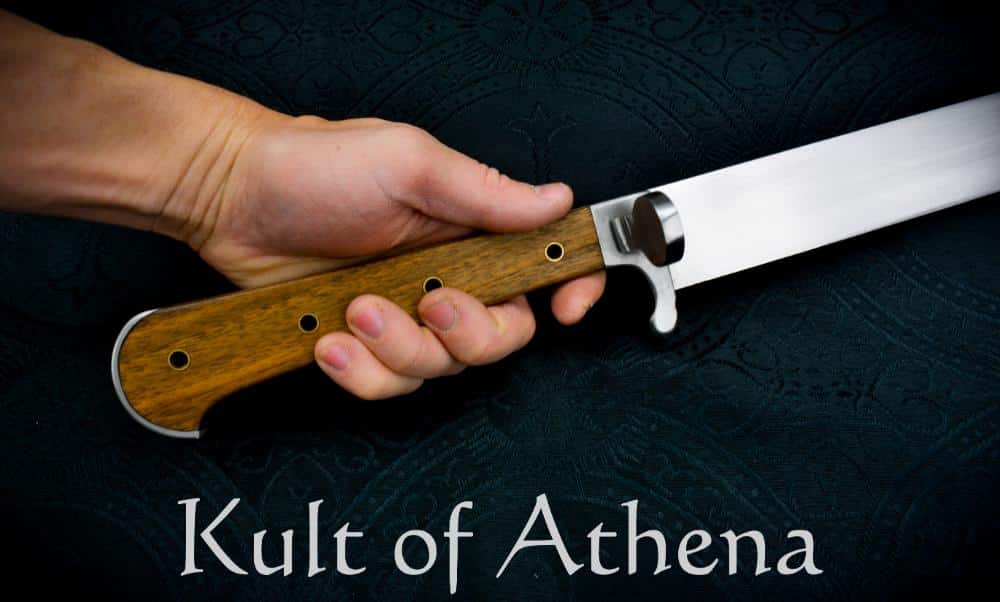



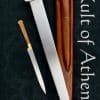







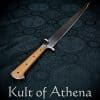




Reviews
There are no reviews yet.